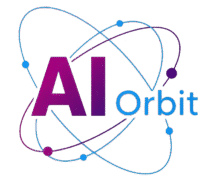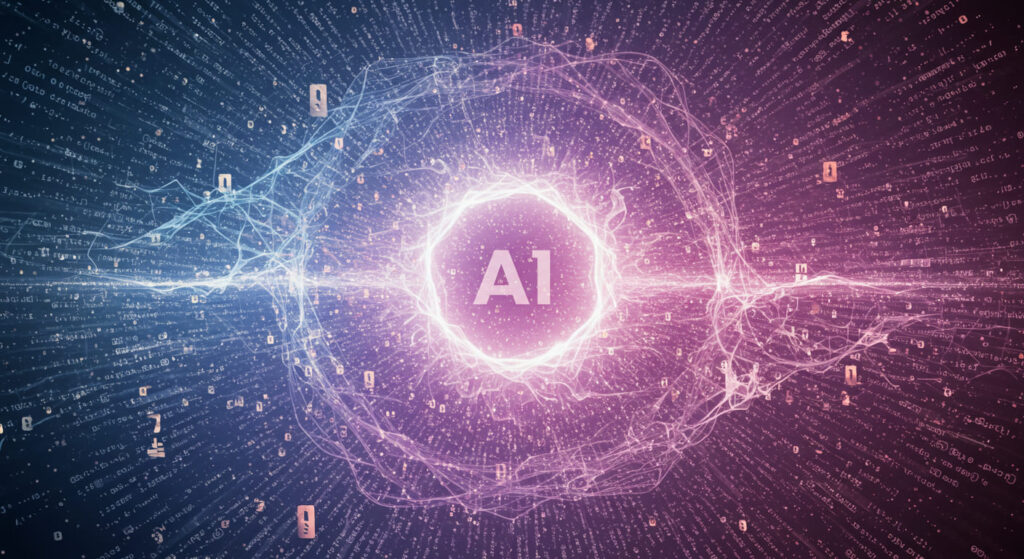INTRODUCTION: PULLING BACK THE VEIL ON ARTIFICIAL INTELLIGENCE
Artificial Intelligence (AI) is no longer a futuristic concept; it’s an integral part of our daily lives, quietly powering everything from our smartphone assistants and personalized recommendations to critical decisions in finance, healthcare, and criminal justice. As AI’s capabilities expand, so does its influence, promising unprecedented efficiencies and advancements. Yet, alongside this incredible promise lies a growing unease: the “black box” problem. Many of the most powerful AI systems, particularly complex deep learning models, operate in ways that are opaque, even to their creators. Their internal logic, the precise reasons behind a specific decision or prediction, remain largely hidden, like a mysterious black box. This inscrutability poses significant challenges to trust, accountability, and ethical deployment, sparking a global push for transparency and explainability in AI – a movement often referred to as Explainable AI, or XAI. Decoding this black box isn’t just a technical challenge; it’s a societal imperative that will shape the future of work, governance, and our relationship with intelligent machines.
UNMASKING THE “BLACK BOX”: WHY AI’S SECRECY IS A PROBLEM
At its core, the “black box” refers to an AI system whose internal workings are so complex that even developers cannot fully understand how specific inputs lead to specific outputs. While simpler AI models like decision trees can be easily interpreted, advanced deep neural networks, with their millions of interconnected nodes and layers, derive patterns in data that defy straightforward human comprehension. This opacity is a significant concern for several critical reasons:
THE IMPERATIVE OF EXPLAINABLE AI (XAI)
Explainable AI (XAI) is a field dedicated to developing AI systems that can provide human-understandable explanations for their decisions, predictions, and actions. It’s about demystifying the black box, transforming opaque algorithms into transparent partners. The goals of XAI extend beyond mere curiosity; they are fundamental to responsible AI development and deployment:
APPROACHES TO ACHIEVING XAI: PEEKING INTO THE ALGORITHMS
While fully understanding every intricate calculation within a complex neural network remains a challenge, researchers are developing various techniques to provide meaningful explanations. These approaches generally fall into two categories:
- LIME (Local Interpretable Model-agnostic Explanations): Explains individual predictions of any black box model by approximating it locally with an interpretable model (e.g., a simple linear model). It highlights which features were most important for that specific prediction.
- SHAP (SHapley Additive exPlanations): Based on cooperative game theory, SHAP attributes the contribution of each feature to a particular prediction by calculating “Shapley values,” providing a unified measure of feature importance.
- Saliency Maps/Attention Mechanisms: Particularly used in computer vision and natural language processing, these techniques highlight the specific parts of an input (e.g., pixels in an image, words in a text) that the AI paid the most “attention” to when making a decision.
The field of XAI is rapidly evolving, with ongoing research focused on developing more robust, intuitive, and efficient explanation methods that can cater to diverse stakeholders—from technical developers to end-users and regulators.
THE SOCIETAL AND ECONOMIC IMPACT: WHERE XAI MEETS THE WORKFORCE
The push for explainable AI isn’t just an academic or technical pursuit; it has profound implications for society, particularly concerning the future of work. As AI permeates industries, understanding its decisions—or lack thereof—directly impacts job security, the creation of new roles, and the skills individuals need to thrive. Transparency in AI is not merely about debugging algorithms; it’s about building a human-centric AI ecosystem that empowers individuals and prepares them for an evolving economic landscape.
JOBS AT RISK: NAVIGATING AI-DRIVEN DISRUPTION
The automation capabilities of AI undeniably put certain jobs at risk. Historically, automation has displaced roles involving repetitive, predictable tasks, and AI accelerates this trend. Opaque AI decisions can exacerbate the anxiety associated with this displacement, as workers might not understand *why* their roles are being automated or *how* AI is making the decisions that impact their employment.
The “black box” nature of AI intensifies the impact on these jobs because it makes the transition less transparent. If an AI decides to flag certain customer accounts for review, or automate a series of compliance checks, and the human worker doesn’t understand the AI’s criteria, it’s harder for them to adapt or find new value. XAI, however, can provide insights into *how* and *why* AI automates, allowing for better strategic planning, reskilling initiatives, and humane transitions for affected workers. It shifts the focus from simply “jobs lost” to “tasks augmented,” encouraging humans to complement AI rather than compete directly with it.
NEW FRONTIERS: JOBS CREATED BY THE AI REVOLUTION
Paradoxically, while AI displaces some jobs, it simultaneously creates new ones, particularly those that leverage human unique strengths or manage the AI ecosystem itself. The push for XAI actively contributes to the creation of several critical roles:
The growth of these roles underscores a fundamental shift: the future workforce won’t just be *using* AI, but *managing, collaborating with, and understanding* it.
FUTURE-PROOFING YOUR CAREER: ESSENTIAL SKILLS FOR THE AI AGE
In an AI-driven world, success hinges less on rote memorization or repetitive tasks and more on uniquely human capabilities, augmented by an understanding of technology. Explainable AI reinforces the importance of these skills:
These skills empower individuals not just to survive, but to thrive by collaborating effectively with AI, leveraging its power, and ensuring its responsible deployment.
REGULATORY LANDSCAPE AND THE ROAD AHEAD
Governments and international bodies are increasingly recognizing the necessity of transparency and explainability in AI. Regulations like the European Union’s General Data Protection Regulation (GDPR) include aspects that imply a “right to explanation” for decisions made by automated systems. More recently, the proposed EU AI Act, a landmark piece of legislation, categorizes AI systems by risk level, imposing stricter transparency and explainability requirements on “high-risk” applications in areas like employment, law enforcement, and critical infrastructure. The focus is on ensuring auditability, human oversight, and the ability to challenge AI-driven outcomes.
The challenge ahead lies in balancing the desire for full transparency with the complexity and performance demands of cutting-edge AI. Achieving perfect explainability for every AI decision is often a formidable technical hurdle, potentially impacting the AI’s efficiency or accuracy. However, ongoing research and regulatory pressure are pushing developers to integrate explainability into the AI design process from the outset, rather than as an afterthought. This shift, from “black box” to “glass box” or at least “translucent box” AI, is critical for fostering public trust and ensuring that AI serves humanity responsibly.
CONCLUSION: CHARTING A TRUSTWORTHY AI FUTURE
The journey of “Decoding the Black Box” is more than a technical quest; it’s a fundamental re-evaluation of how we interact with intelligent machines and how we design a future where AI enhances, rather than diminishes, human potential. The push for transparency and explainability in AI is paramount for building trust, mitigating biases, ensuring accountability, and fostering ethical deployment across all sectors.
As AI continues to reshape the global economy and workforce, understanding its inner workings becomes critical for individuals and institutions alike. Explainable AI is not just about understanding *why* a machine made a decision; it’s about empowering people to navigate the AI revolution by understanding the risks and opportunities, adapting their skills, and collaborating effectively with intelligent systems. By prioritizing XAI, we can move beyond simply marveling at AI’s capabilities to truly harnessing its power in a responsible, equitable, and understandable way, charting a course towards a trustworthy AI future that benefits all of society.

